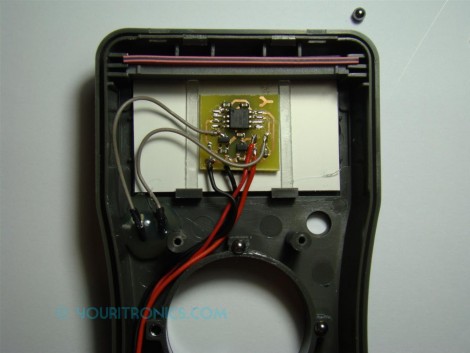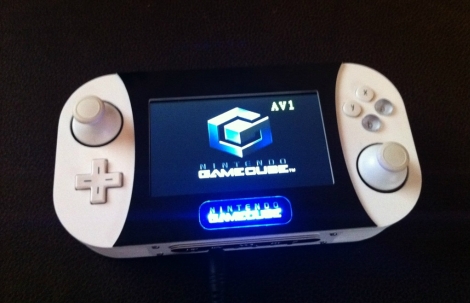
[Phil] picked up an HD radio receiver when Radio Shack was clearing them out at a 60% discount. But to his disappointment, when he hooked it up the sound left a lot to be desired with limited mid-range and flat bass. After some forum mining he discovered that the optical output didn’t have this problem, and came to the conclusion that the op-amp driving the analog audio-out jack needed some tweaking. He didn’t get his hands on a schematic for the board, but took the advice from some vintage equipment gurus and swapped the stock IC for a Burr-Brown OPA2604AP chip.
This fixed the problem without any other adjustments to the hardware. But while he was in there, he also secured the external antenna connector jack to the chassis for good measure.
If you’re wondering about the particulars of the equipment, [Phil] was hacking an Auvio HD Radio tuner. But he also mentions that Best Buy sells an Insignia NS-HDTUNE which may benefit from the same modification.
















